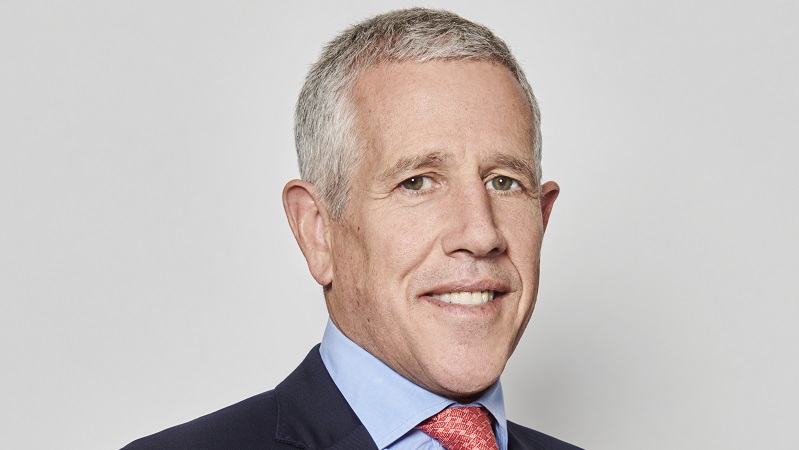Given the recent tsunami of capital into ESG assets – currently on track to surpass $41tn (£33tn) by the end of the year – it might seem as if the business value of sustainability is universally accepted.
Yet many business leaders – and investors – still see a fundamental disconnect between sustainability and achieving growth, profit and investment returns.
Even Blackrock, which has made much of the idea that climate risk equates to investment risk through Larry Fink’s annual letter to CEOs, has shown the hard limits to its sustainability agenda, hitting out at climate-related shareholder resolutions it claims are not in its clients’ long-term economic interests.
Despite the apparent mainstreaming of ESG investing, how can we explain a continued challenge to the notion that sustainability can go hand-in-hand with business profitability and returns?
In the final analysis, much of this thinking comes down to our framing of macroeconomic indicators, our understanding of real costs and our evaluation of investment performance.
Macro indicators and true costs
Our economy is entirely dependent upon the natural world. From the air we breathe, to the things we grow, to providing a dumping ground for our pollution, our systems rely entirely on inputs from nature.
For too long, our economic theory has assumed that nature is free and its resources unlimited with the resulting economic indicators, such as GDP, not accounting for the cost of nature to produce goods and services.
Every tonne of carbon emitted impacts climate change, but companies do not pay for those costs to our planet and society – also known as ‘negative externalities’.
Some companies internalise these externalities by putting a price on carbon inside the business. Putting a price on carbon and other inputs provided by nature, such as water and biodiversity, is a good starting point but it does not go far enough.
These leaders must lobby for – and global policymakers must implement – a binding market price on carbon. This is within reach.
If the Organisation for Economic Co-operation and Development can successfully facilitate the creation of a minimum corporate tax of 15%, applied globally, there should be no reason why the same political agreement cannot be reached on carbon pricing.
The 2021 World Energy Outlook from the International Energy Agency (IEA) found that, in order to reach net zero by 2050, a carbon price of $250 per tonne must be applied for developed countries.
CDP’s own analysis of corporate carbon pricing in 2020 found the median internal carbon price disclosed by companies in 2020 was as low as $25 per metric tonne of CO2-equivalent – 10 times less than what the IEA recommends.
Raising the cost of carbon so it more accurately reflects impact on the environment will send the right pricing signals to financial markets, which will likely lead to a correction in stock prices.
Analysis from Dutch asset manager Kempen Capital Management, for example, found a global carbon price of $150 per tonne applied to Scopes 1, 2 and 3 of all listed equities is expected to cause as much as a 41% fall in global equity valuations.
It is no surprise then that lobbies of high-emitting sectors do not want to see a carbon tax as it erodes shareholder value. Yet, if we rectify those price signals and spending priorities, sustainable products and investments will seem much more attractive.
Evaluating investment performance
The current formula of return on investment is not fit-for-purpose. This is because the ‘return’ part of the equation does not capture the intangible value derived from choosing the sustainable, net positive path, environmental impact, employee engagement, business resilience and so on.
We must take a much more holistic view and recognise all the benefits and impact of an ESG decision – working to broaden the definition of ‘returns’ on investment.
To the traditional return on equity calculation we must add the ‘return on impact’, which will be attributed to investors in the same way that emissions in a supply chain are attributed to the purchasing company through its Scope 3 calculations.
The key question will be how to translate the impact on nature and society into financial figures.
The work undertaken by the International Sustainability Standards Board and EU on sustainability reporting standards, as well as the triple capital accounting currently under development, will support this conversion.
ESG reporting standards, however, must aim for the most ambitious results using the double materiality approach.
This approach acknowledges that a company should report simultaneously on sustainability matters that are financially material in influencing business value and material to the market, the environment and people at large.
Reframe thinking
Trying to make sustainability fit into a normal model of seeking a good return on investment will not get the world on track to meet the goals of the Paris Agreement and limit warming to 1.5°C.
We are quickly running out of time to prevent disastrous levels of warming and we have long passed the point where the cost of action is far lower than the cost of inaction.
We must urgently reframe our thinking and systems because what is certain is that large swathes of the planet becoming uninhabitable will not be in the long-term economic interests of any fund’s clients.
Companies, policymakers and capital markets all have a role to play in laying the foundations for systemic change – and their response should be coordinated at the international level.
Laurent Babikian is joint global director of capital markets for CDP, a not-for-profit charity that runs the global disclosure system for investors, companies, cities, states and regions to manage their environmental impacts










